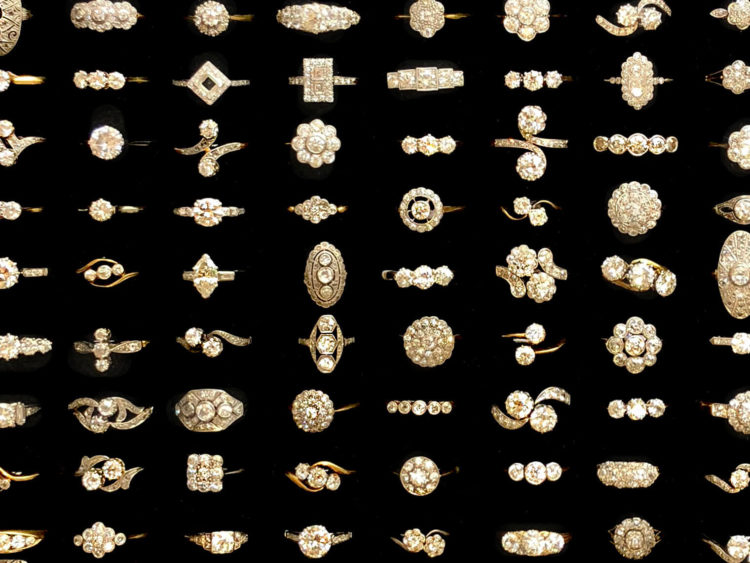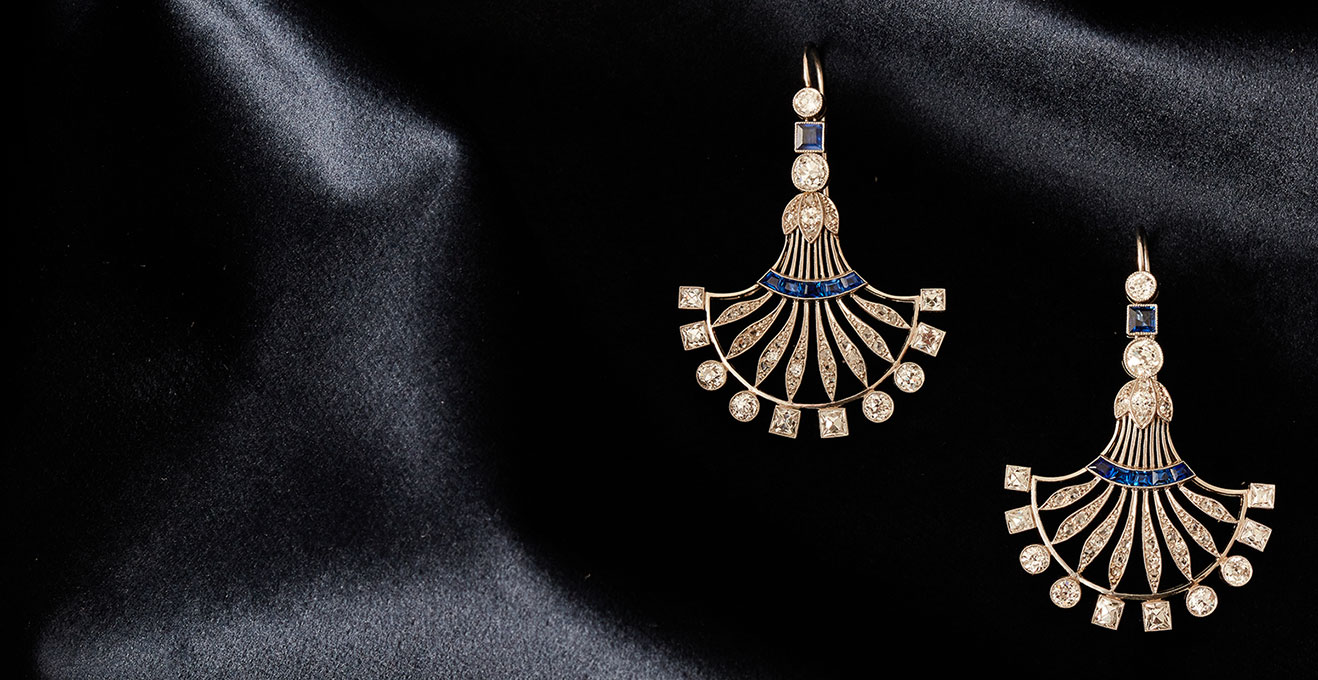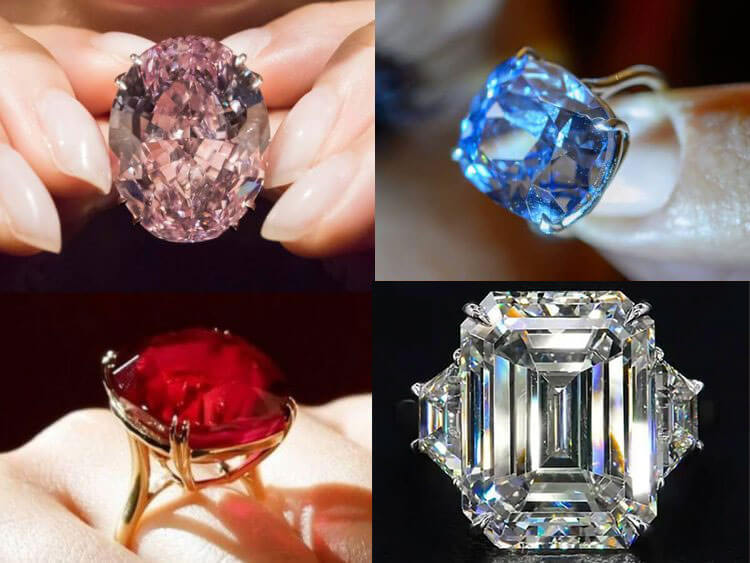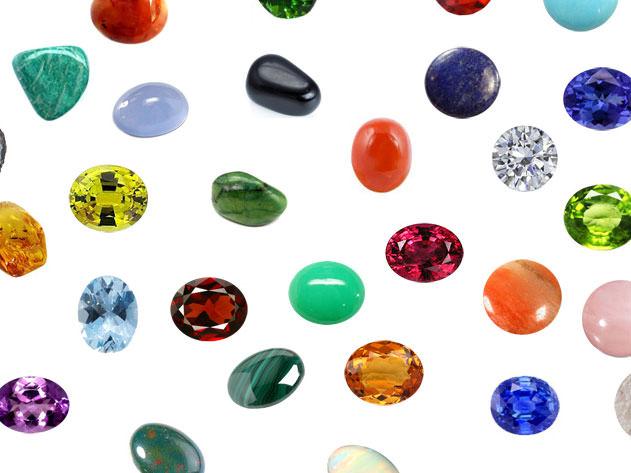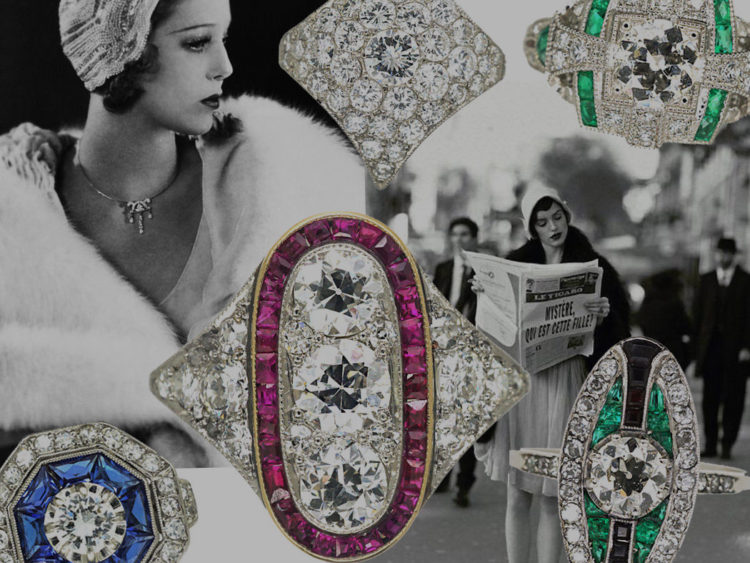-

Your Shopping Bag is empty
Resizing an Antique Engagement Ring
If you’ve ever found yourself wearing an engagement ring that doesn’t quite fit as it should, fear not! Resizing an engagement ring is a common practice that can be done to ensure the perfect fit. Whether you need to make the ring smaller or larger, there are options available to accommodate your specific needs and preferences. In this article, we’ll dive into everything you need to know about resizing engagement rings, including the cost, techniques, considerations, and limitations involved.
Understanding the Expenses of Ring Resizing
Resizing an engagement ring is not a one-size-fits-all process. The cost of resizing a ring can vary depending on different factors. It’s essential to understand these expenses before making any decisions. Here are some factors that affect the cost of resizing a ring:
Factors Affecting the Cost of Resizing a Ring
1. Metal Type
The material of the ring can influence the cost of resizing. Rings made of precious metals like gold or platinum may require more effort and expertise, making the resizing process more expensive.
Gold, a popular choice for engagement rings, is known for its malleability. However, resizing a gold ring can be more costly compared to other metals due to the intricate process involved. Platinum, on the other hand, is a denser metal and requires specialized tools and skills for resizing, making it more expensive.
2. Ring Design
Elaborate ring designs with intricate details or gemstone settings can increase the complexity of resizing. Such designs may require more time and skill, resulting in higher costs.
Imagine a ring adorned with a delicate halo of diamonds or a vintage-inspired design with intricate filigree work. Resizing such rings requires utmost precision to maintain the integrity of the design. The jeweller needs to carefully manipulate the metal and ensure that no stones are damaged during the process. The additional time and expertise required for resizing such intricate designs contribute to the overall cost.
3. Ring Size Adjustment
The degree of adjustment needed to resize the ring affects the cost. Making significant changes to the ring’s size may require additional materials and labor, which can increase the overall expense.
Resizing a ring by a few sizes is a relatively straightforward process. However, if the ring needs to be significantly enlarged or reduced, the jeweller may need to add or remove metal. This additional material and labor contribute to the overall cost of resizing. The more extensive the adjustment, the higher the expense.

Budget-Friendly Alternatives to Ring Resizing
If you’re on a tight budget or prefer not to resize your engagement ring, there are some alternatives you can consider:
1. Ring Guards and Adjusters
These small devices can be attached to the inside of the ring to adjust the fit. They are an affordable and temporary solution to make a ring smaller or larger as needed.
Ring guards and adjusters are a practical option for those who want a quick fix without permanently altering the ring. They come in various materials like metal or silicone and can be easily inserted or removed. These devices provide a snug fit, preventing the ring from slipping off or rotating on the finger.
2. Ring Cushions
These soft inserts can be placed underneath the ring to provide a tighter fit. They are particularly useful if the ring is slightly loose and needs minor adjustments.
Ring cushions are an excellent option for rings that are slightly loose but don’t require resizing. These soft inserts can be made of materials like foam or gel and are placed underneath the ring band. They provide additional padding, ensuring a more secure and comfortable fit.
3. Wearing the Ring on Different Fingers
Sometimes, wearing the ring on a different finger can provide a better fit. Experimenting with finger placement can help you find a more comfortable option without the need for resizing.
If resizing or using additional devices is not an ideal solution, trying the ring on different fingers can be a simple yet effective alternative. Each finger has a slightly different size, and finding the right fit on another finger may eliminate the need for resizing. It’s worth experimenting with different finger placements to achieve the desired comfort and fit.
A Step-by-Step Guide to Resizing Your Ring
If you decide to proceed with resizing your engagement ring, it’s crucial to understand the different methods and considerations involved. Let’s walk through a step-by-step guide:
Professional Ring Resizing vs. DIY Methods
When it comes to ring resizing, you have two options: seeking professional help or attempting a do-it-yourself (DIY) approach. Hiring a professional jeweller is generally recommended, as they have the expertise and tools to ensure a proper and precise resizing. DIY methods, on the other hand, can be risky and may result in irreversible damage to your ring.
However, if you are confident in your skills and have experience working with jewellery, you may consider the DIY route. Keep in mind that this option requires careful research and understanding of the resizing process. It’s essential to have the necessary tools and materials, as well as a clear understanding of the ring’s structure and composition.
Precautions to Take Before Resizing Your Ring
Before taking your engagement ring for resizing, here are some precautions you should consider:
1. Research Reputable Jewellers
Look for jewellers with a good reputation and positive customer reviews. Choose someone who specializes in ring resizing and has experience with the type of ring you have.
2. Consult with Multiple Jewellers
Seek multiple opinions and quotes before deciding on a jeweller. This will help ensure you’re getting the best service at a fair price.
3. Discuss Your Expectations
Clearly communicate your desires and concerns with the jeweller. Be specific about the size adjustment you want, and inquire about any potential risks or limitations.
4. Consider Insurance
Check if your engagement ring is insured before resizing. Knowing that the ring is protected will give you peace of mind throughout the process.
Furthermore, it’s important to understand that resizing a ring may have some limitations depending on its design and materials. For example, rings with intricate patterns or gemstone settings may require additional care and expertise during the resizing process. It’s crucial to discuss these details with your jeweller to ensure the best possible outcome.
Additionally, keep in mind that resizing a ring can affect its overall appearance and structural integrity. Depending on the size adjustment needed, the ring’s proportions may change, and the metal may need to be stretched or compressed. This alteration can potentially impact the ring’s durability and long-term wearability. It’s essential to weigh these factors and make an informed decision.
Lastly, it’s worth noting that ring resizing is not a one-size-fits-all process. Each ring is unique, and the resizing method may vary depending on factors such as the metal type, ring style, and desired adjustment. A professional jeweller will assess these factors and recommend the most suitable resizing technique for your specific ring.
Making a Ring Smaller: Techniques and Considerations
Whether it’s due to weight loss, a change in finger size, or inherited jewellery that doesn’t fit, making a ring smaller is a common requirement. While it may seem like a simple task, there are several techniques and considerations to keep in mind to ensure a successful resizing process.
When it comes to resizing rings, different metals and designs may require specific techniques. Let’s explore some common methods for resizing gold and silver rings, as well as important factors to consider.
Sizing Down Gold Rings: What You Need to Know
Gold rings are a popular choice for engagement rings, wedding bands, and other sentimental pieces. However, resizing gold rings may come with limitations depending on the gold karat and design intricacy.
The most common technique for sizing down a gold ring involves cutting a small piece out of the band and re-joining the ends. This process requires precision and expertise to ensure a seamless result. It’s essential to consult with a professional jeweller who can assess whether your gold ring is suitable for resizing.
When it comes to gold rings, the karat of the metal plays a significant role. Higher karat gold, such as 18K or 24K, is more malleable and easier to resize. On the other hand, lower karat gold, such as 10K or 14K, may be more challenging to resize due to its higher alloy content.
Additionally, the design of the ring can also impact the resizing process. Rings with intricate details, such as engravings or gemstone settings, require extra care during resizing to preserve their beauty and integrity. A skilled jeweller will be able to assess the design elements and recommend the best approach for resizing your gold ring.
Resizing Silver Rings: Tips and Tricks
Silver rings are known for their affordability, versatility, and timeless appeal. When it comes to resizing, silver rings are generally easier to work with compared to other metals due to their malleability.
The most common technique for resizing silver rings involves cutting a small section of the band and carefully rejoining the ends. This process takes advantage of the metal’s flexibility, allowing for a seamless resizing without compromising the overall design.
However, it’s important to note that not all silver rings are created equal. Some silver rings may contain gemstones or intricate details that require special attention during the resizing process. Gemstones, such as diamonds or colored gemstones, need to be carefully removed and reset to ensure their security and brilliance.
Consulting with a jeweller experienced in resizing silver rings is crucial to ensure a successful outcome. They will have the necessary expertise to handle the resizing process while taking into account the specific characteristics of your silver ring.
Whether you have a gold or silver ring that needs resizing, it’s important to choose a reputable jeweller with experience in ring resizing. They will guide you through the process, provide expert advice, and ensure that your beloved piece of jewellry fits perfectly on your finger once again.
Making a Ring Larger: Methods and Limitations
If you find yourself needing a larger engagement ring, there are techniques available to accommodate your needs:
Expanding Ring Size with Ring Guards and Sizers
Ring guards and sizers can be added to the inside of the ring to increase its size. These inexpensive solutions fit snugly around the band, making the ring more substantial and providing a better fit.
When Resizing Isn’t an Option: Alternatives for Enlarging Rings
In some cases, resizing is not possible due to specific design limitations or the type of material used. When this happens, you can consider alternative options for enlarging your engagement ring:
- Adding an Insert: A jeweller can create an insert that fits seamlessly with your existing ring, making it larger without permanently altering the original band. This is an excellent solution if you want to preserve the ring’s original design.
- Creating a New Setting: If the original ring cannot be resized, a jeweller can transfer the gemstones to a new setting with a larger band. This option allows you to maintain the sentimental value of the engagement ring while providing the desired fit.
Rings That Can Be Resized: A Comprehensive Guide
Not all rings can be successfully resized due to various factors like material composition and design complexity. Here’s a comprehensive guide to determining whether your ring can be resized:
Resizing Options for Different Ring Materials
While many engagement rings can be resized, the suitability depends on the materials used:
- Gold Rings: Gold rings can typically be resized with ease. However, the gold karat and design intricacy can affect the resizing process. Consult with a professional jeweller to determine the feasibility.
- Platinum Rings: Platinum rings are relatively easy to resize due to their durability. However, it’s still essential to consult with a jeweller to ensure a proper and successful resizing.
- Silver Rings: Silver rings are generally more malleable, making them easier to resize. However, rings with gemstones or intricate designs may require extra caution during the resizing process.
Resizing Gemstone Rings: What to Keep in Mind
Gemstone rings require special attention during the resizing process. The type and quality of the gemstone can affect the feasibility of resizing. Some gemstones, like opals or emeralds, can be delicate and prone to damage from heat or pressure. It’s crucial to work with a jeweller experienced in resizing gemstone rings to ensure the preservation of the stone’s beauty and integrity.
Rings That Cannot Be Resized: Understanding the Limitations
Unfortunately, not all rings are suitable for resizing due to specific limitations. Here’s a closer look at the materials and designs to watch out for:
Non-Resizable Rings: Materials and Designs to Watch Out For
1. Tungsten and Titanium Rings
Tungsten and titanium rings cannot be resized due to their hardness and unique properties. These materials are incredibly strong, which makes resizing nearly impossible. Consider this limitation when selecting a ring made from these materials.
2. Eternity Rings
Eternity rings, which feature gemstones encircling the entire band, are challenging to resize. The constant presence of gemstones makes it difficult to alter the size significantly without affecting the overall design and structural integrity. It’s best to choose an eternity ring that fits perfectly from the start.
Now that you have a comprehensive understanding of resizing engagement rings, you can confidently make informed decisions when it comes to altering the size of your precious jewellery. Remember to consult with a professional jeweller, consider all the factors involved, and take the necessary precautions throughout the process. With the right approach, you’ll soon have a perfectly fitting engagement ring that brings joy and beauty to your everyday life.



 Free Worldwide Delivery
Free Worldwide Delivery View All
View All
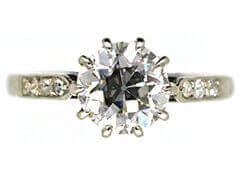 Diamond
Diamond
 Sapphire
Sapphire
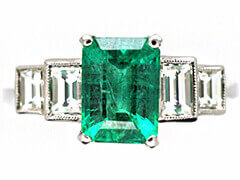 Emerald
Emerald
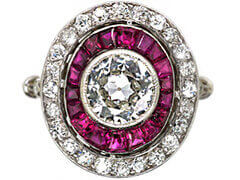 Ruby
Ruby





